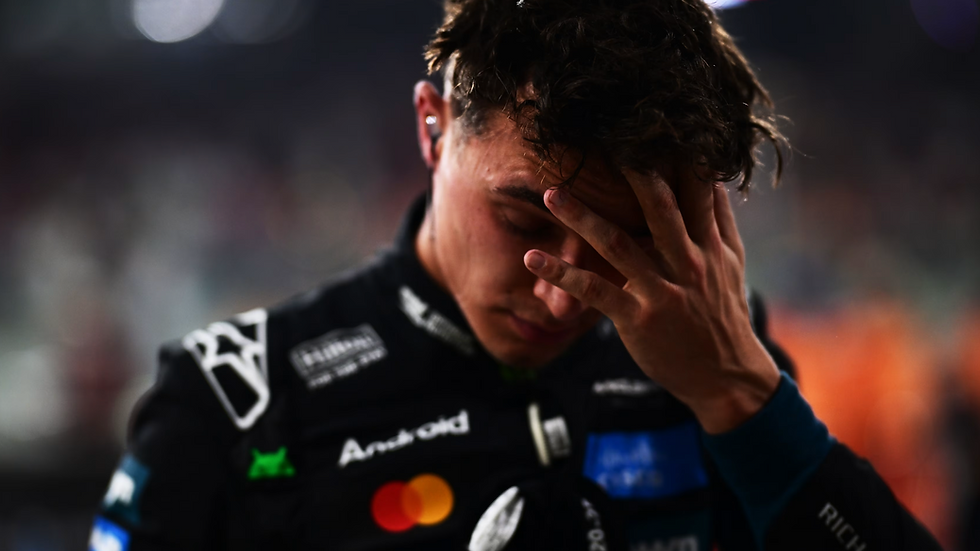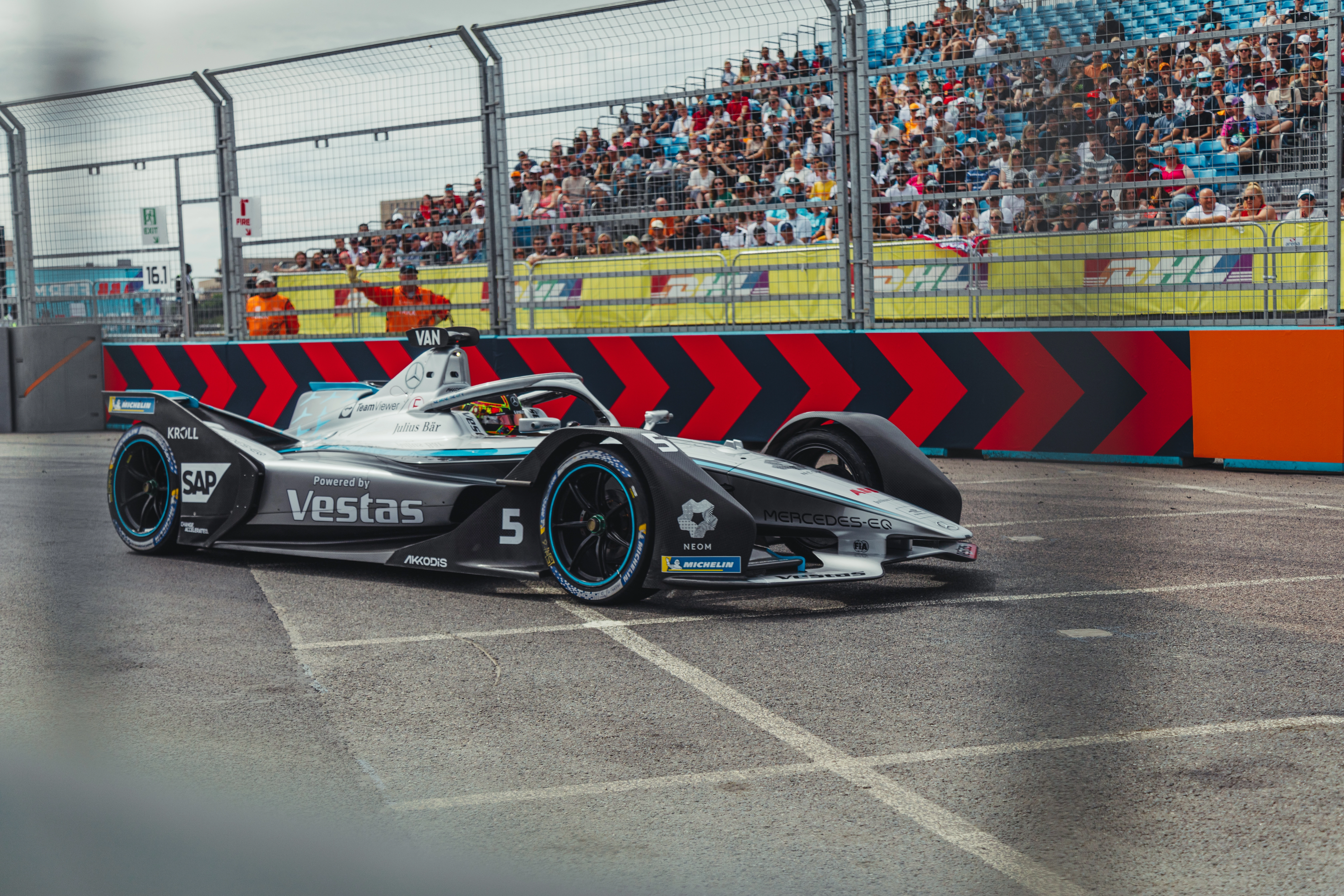Maserati: The forgotten F1 team
- Cameron Gale

- Sep 21, 2022
- 3 min read
Updated: Jan 3
Written by Cameron Gale, Edited by Aimee Palmer
Maserati is a renowned Sports Car brand that has a rich history in motorsport and manufacturing. But I hear you ask, what did they do in F1? Well that’s the question I’m answering today.
It was 1930 and Maserati had already started competing in Grand Prix events, but in 1950 this all changed. F1 had just started and the stakes were higher now than ever before. With the best drivers around the world coming together on the same grid and some renowned manufacturers there was no question that they had to facilitate this. Maserati (Officine Alfieri Maserati) did just this with their all new Maserati 4CLT.

However this wasn’t the most successful car that year, it retired from most of its race starts and only managed one podium at the Monaco Grand Prix. So something needed to change. To build a new competitive car Maserati didn’t compete in 1951 however, in 1952 they came back and it ended up being the worst year that they have ever had because they created a very unreliable car, the Maserati A6GCM.

Despite this it still managed to get another podium at the Italian Grand Prix that year with Jose Froilan Gonzalez behind the wheel. Although, they still got disqualified from The German Grand Prix, a 5th place finish at the Italian Grand Prix with their other car retiring from that same race.
In 1953 the team seemed to be on their way back to the top, when everything changed as they managed to get in Stirling Moss and Jean Behra who both shared podium honours that year. But sadly, this wasn't the case and none of them won the championship.
In 1954 a breakthrough happened as Maserati changed the car to an even quicker version of their successful car the year before and won the drivers championship with none other than the Argentinian Juan Manuel Fangio. He won the Argentine GP and the Belgian GP for Maserati and raced the rest for Mercedes- Benz.

In 1955 it seemed as though all hope was lost for another World Drivers Championship with only 3 podiums, however, with consistent top tens there were still people who thought that Maserati shouldn’t be doubted.
In 1956 their form had been restored as Frenchman Jean Behra managed to get consistent podiums with Behra always being in the top three and with only two of the races being a retirement and a sixth place. As well as this, Stirling Moss had yet another successful season with the Italian team as he managed to get 2 wins, 4 podiums and a fifth place but he as well suffered from relatability issues. There is no doubt that Maserati were racing their way to the top with the only problem seeming to be reliability issues.
1957 was their final year in F1 but it was a very successful year at that. The Argentinian driver Juan Manuel Fangio won his second World Title with the Italian brand. He won all but 3 races that year, one of which he didn’t win due to reliability issues; however, the other two races he managed to get a respectable second.
Unfortunately, In the late 1950s they decided to quit F1 due to financial issues. Despite this with 43 race starts and two World Driver Championships, it's safe to say they may not have been one of the most successful teams in F1, but were one of the first teams to race in this incredible series.









Comments